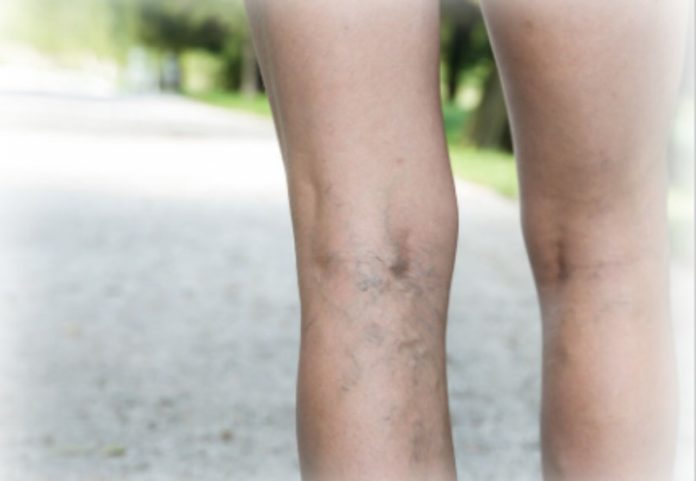Unsightly spider-webbing lines scatter across your ankles, calves, thighs or even face. You don’t enjoy wearing shorts or dresses anymore. You can’t wait for winter so it’s easier to cover up. Or you look for full-coverage foundation to minimize the purple-red lines that look like interstates crossing on a map.
What exactly are these spider veins? And is there anything that can be done to remove them or minimize their appearance? Harpeth Valley Dermatology helps answer these questions.
What are Spider Veins?
Spider veins are small, thin, red or purple veins usually found on the lower legs and sometimes on the face. Veins carry blood back to the heart and have a one-way valve to prevent blood from flowing the wrong direction. Sometimes the valves weaken or become damaged. This allows blood to pool in the tiny veins, eventually bulging and branching out, causing the web-like appearance. (Spider veins are not the same thing as varicose veins.) Spider veins usually do not cause pain or discomfort, but can cause embarrassment, even to the point of not participating in activities such as swimming.
What Causes Spider Veins?
Spider veins may result from a variety of causes, some of which are within your control…and some that you cannot prevent. Some of the most common causes include:
- Genetics: 90% of people with spider veins have a family history.
- Pregnancy: while spider veins are common during pregnancy, many women retain the spider veins even after pregnancy.
- Gender: females are more prone to spider veins than males.
- Obesity
- Hormonal changes
- Age: the risk of spider veins increases as you get older.
- Extended time in position: if you sit or stand for an extended time consistently, spider veins are more likely to occur.
- Sun damage: spider veins may appear in the face as a result of excessive time unprotected in the sun.
How Can Spider Veins Be Treated?
The compassionate dermatologists at Harpeth Valley Dermatology are excited to let you know spider veins can be safely and effectively treated with a procedure called sclerotherapy.
During this procedure, a very thin needle is used to inject a purified solution into the targeted vein. The solution damages the inner lining of the veins, causing them to shrink and dissolve over a period of several weeks.
Want to learn more? Contact Harpeth Valley Dermatology at 615-905-8083 to schedule a consultation and find out if sclerotherapy is the proper treatment for your spider veins.
Have a question for Harpeth Valley Dermatology? Fill out the form below:
Subscribe to our FREE Newsletter!



















